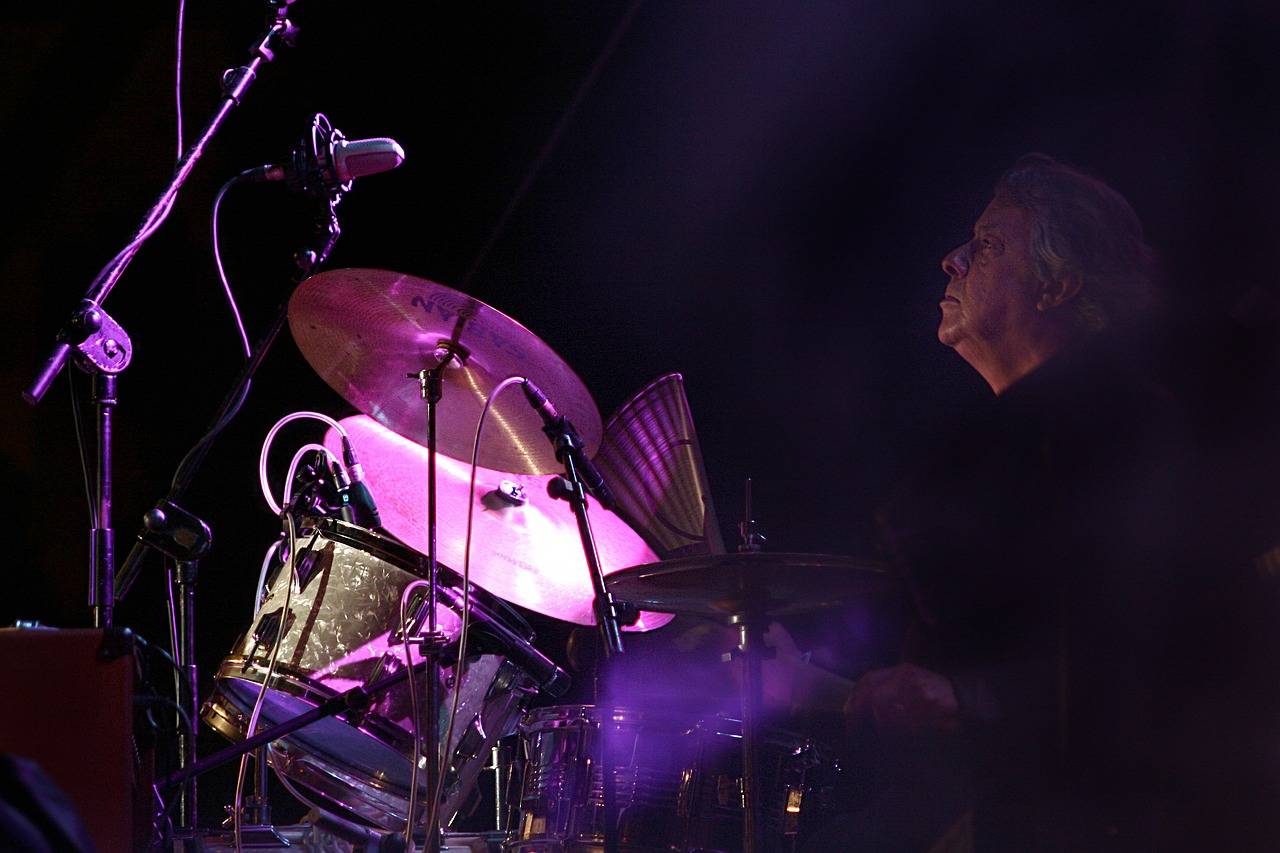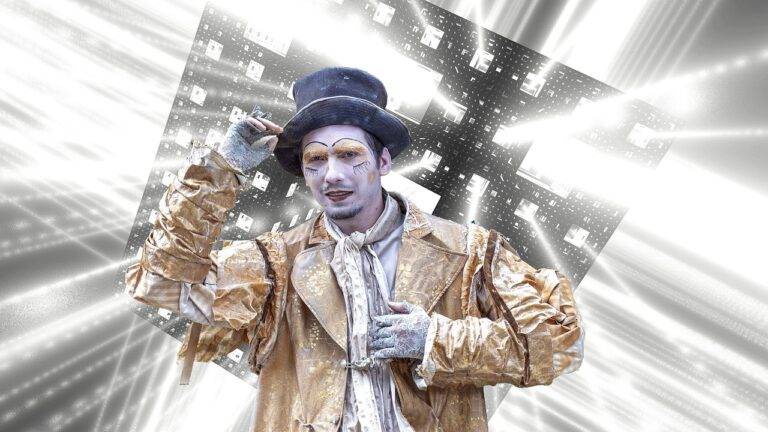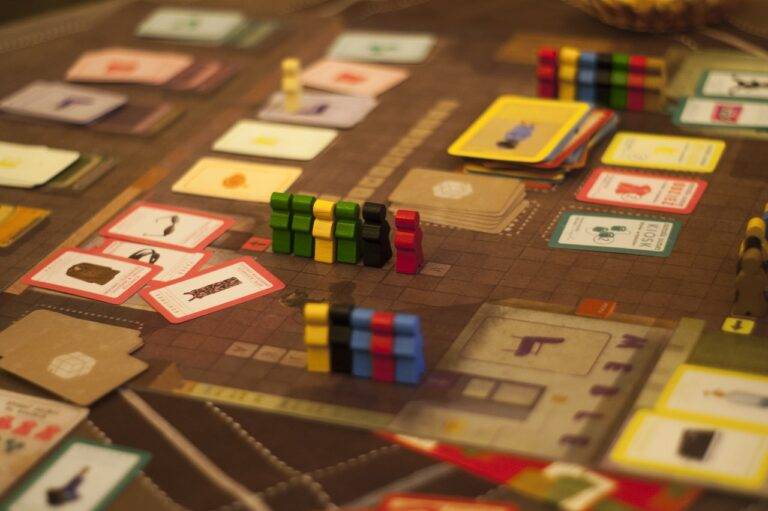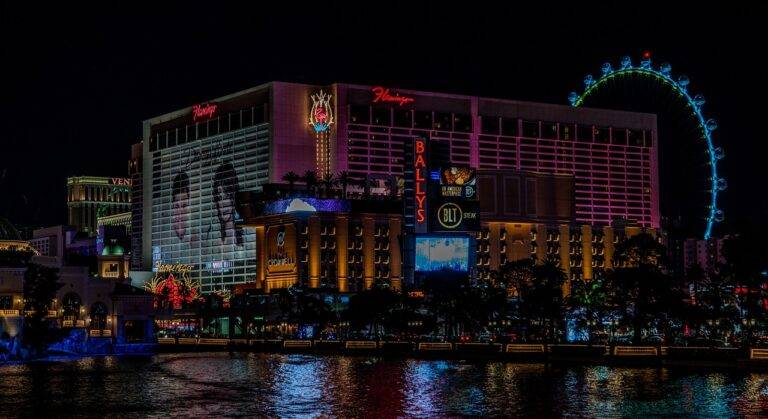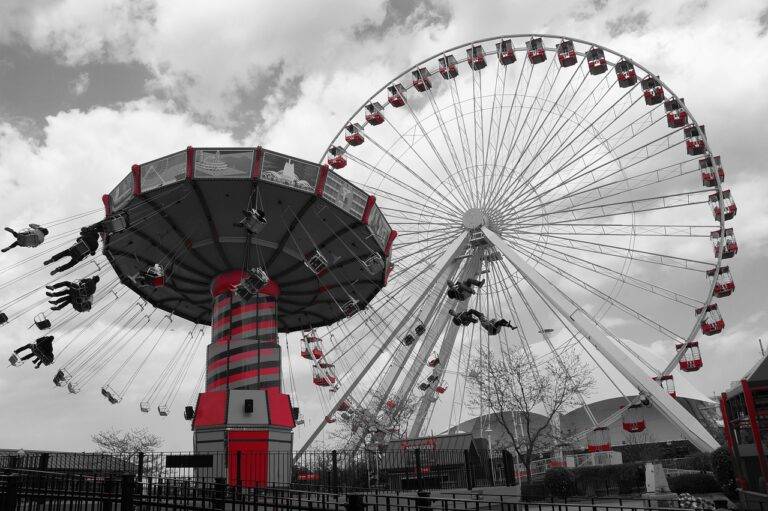The Art of Storyboarding in Animation and Film Production
Storyboarding is a crucial step in the process of visual storytelling, particularly in animation and film production. It involves creating a sequence of images that represent the key moments and actions in a story. These drawings or sketches serve as a blueprint for the entire project, helping filmmakers and animators visualize the sequence of shots and refine the narrative flow.
By laying out the visual components of a project beforehand, storyboard artists and directors can plan and organize their scenes more effectively. This process allows them to experiment with different camera angles, pacing, and transitions to enhance the overall storytelling experience. Storyboarding also helps in identifying potential issues or inconsistencies in the story early on, saving time and resources in the later stages of production.
The Purpose of Storyboarding in Animation and Film Production
Storyboarding is a vital component of the pre-production process in animation and film production. It serves as a visual roadmap that helps creators to plan out the sequence of events, camera angles, and transitions within a project. By creating a series of illustrated frames that depict key scenes, storyboard artists can effectively communicate the director’s vision, ensuring that everyone involved in the production is on the same page.
Furthermore, storyboarding allows filmmakers to test out different compositions and pacing before committing to expensive production costs. It helps in identifying potential issues early on, leading to a more streamlined and efficient production process. Additionally, storyboards serve as a valuable tool for collaboration, as they allow for feedback and revisions to be made before filming begins, ultimately contributing to the overall success of the project.
What is a storyboard?
A storyboard is a visual representation of a film or animation, created to plan out the sequence of shots and scenes in the project.
What is the purpose of storyboarding in animation and film production?
The purpose of storyboarding is to visualize the script and plan out the shots, camera angles, and transitions before production begins. It helps the director and production team to see how the story will unfold visually and make any necessary changes before filming or animating.
How does storyboarding help in the production process?
Storyboarding helps in the production process by providing a roadmap for the entire project. It helps the director and team to visualize the final product, make decisions about camera angles and shot compositions, and communicate their vision effectively to the rest of the team.
Who is responsible for creating the storyboard in animation and film production?
The storyboard is usually created by the director or a storyboard artist, who works closely with the director to bring the script to life visually. In some cases, the storyboard artist may also work with the cinematographer and other key members of the production team.
Can changes be made to the storyboard during production?
Yes, changes can be made to the storyboard during production if necessary. The storyboard is a tool to help plan the project, but it is not set in stone. If changes need to be made to improve the storytelling or visuals, the director and team can make adjustments as needed.

